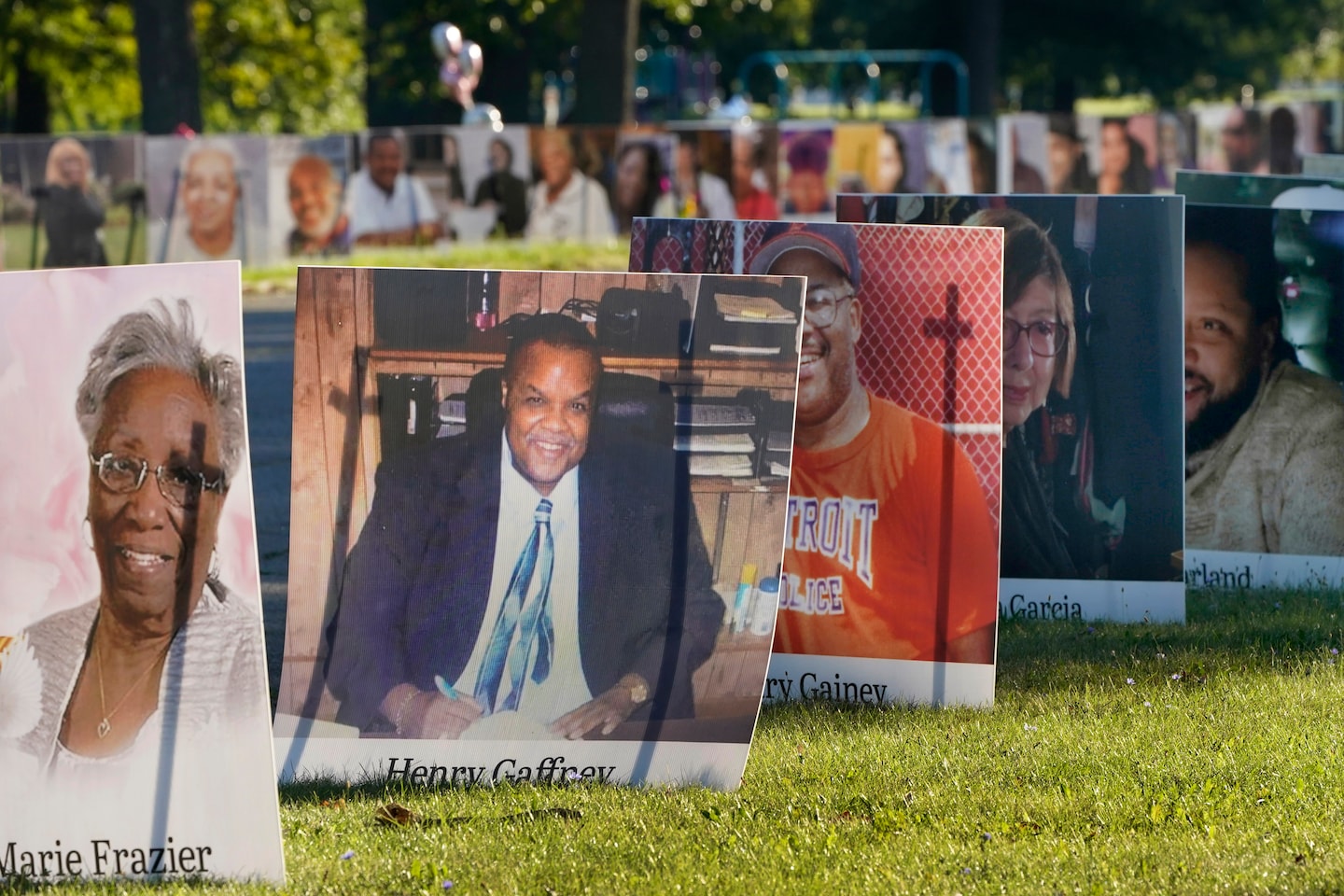We’ve reached 200,000 deaths. Our response has gotten even worse than it was at 100,000.

In addition, restrictions keep getting lifted, even in states with surging infections. The nearly 2 million students returning for in-person instruction will surely lead to more outbreaks, as some college towns are already emerging as new coronavirus hot spots. In 27 states, the number of infections this week is higher than it was last week. In 14, the test positivity rate is in the double digits, which means the true infection rate is much higher.
While we are closer to a vaccine than we were a few months ago, the proportion of people who say they’ll take one if it’s available has dropped from more than 70 percent to about half. The newly doubtful aren’t vaccine skeptics who distrust science; to the contrary, they began to worry when they heard President Trump talking about vaccine approval in connection with his election prospects. They fear that speed and political expediency will drive the approval process, instead of safety and efficacy.
We are also further from implementing the basic public health measures necessary to stave off outbreaks. The president himself holds large indoor rallies, sometimes in open defiance of local ordinances against mass gatherings. Masks have become a partisan symbol. An influential model predicts that if 95 percent of Americans wear masks, we could save 100,000 lives by the end of the year. This doesn’t seem likely, unfortunately — the same model estimates current national mask usage to be 45 percent.
So, the burden of disease is much higher. We’ve gotten worse at using the tools at our disposal. Add on top of that an extremely worrisome development: The one critical institution needed to fight this pandemic has been cut off at the knees.
Until a few months ago, the Centers for Disease Control and Prevention was regarded as the premier public health entity in the country, if not the world. When I was the health commissioner of Baltimore, I relied on the CDC for daily guidance as I navigated Zika, Ebola, measles and other public health crises. During the early months of covid-19, I and clinicians all over the world turned to the CDC for clear and directive information.
I could not have imagined a day when health officials and doctors would join together and ask the public to disregard the CDC.
Yet, this is what happened when the CDC came out with its nonsensical guidelines that implied asymptomatic people don’t need to be tested for covid-19. We later learned that the guidelines were reportedly advanced not by expert scientists at the agency but by political appointees outside the CDC. The guidelines were reversed, but after causing much confusion. This incident, plus reports of political meddling with the CDC’s hallowed scientific publications and the sudden retraction of its guidance on aerosol transmission, has seriously eroded its credibility and effectiveness.
What’s to be done?
There’s a lot that a competent federal administration would do now. Announce a national strategy. Scale up testing. Take the muzzle off scientists, and let our government’s top public health experts lead.
I’m afraid none of this will happen during this administration. That means we have to take matters into our own hands.
The same public health measures we’ve been discussing for months are still our best defense. Being around others outdoors is much safer than gathering indoors. Wear masks when you can’t keep a six-foot distance outdoors; when indoors with those not in your household, maintain as much distance as possible and keep masks on to reduce aerosol transmission. Avoid crowds. Wash your hands. Keep in mind the concept of cumulative risk: Just because you are doing one activity that has risk doesn’t mean you should do others.
The United States in on track to have 200,000 more covid-19 deaths by the end of this year. We are in a worse place now than we were in May, but I still believe in the willpower and resiliency of the American people. It will be up to each of us to protect ourselves and our loved ones — and in so doing, reduce infection in our communities and our country.
Read more:






